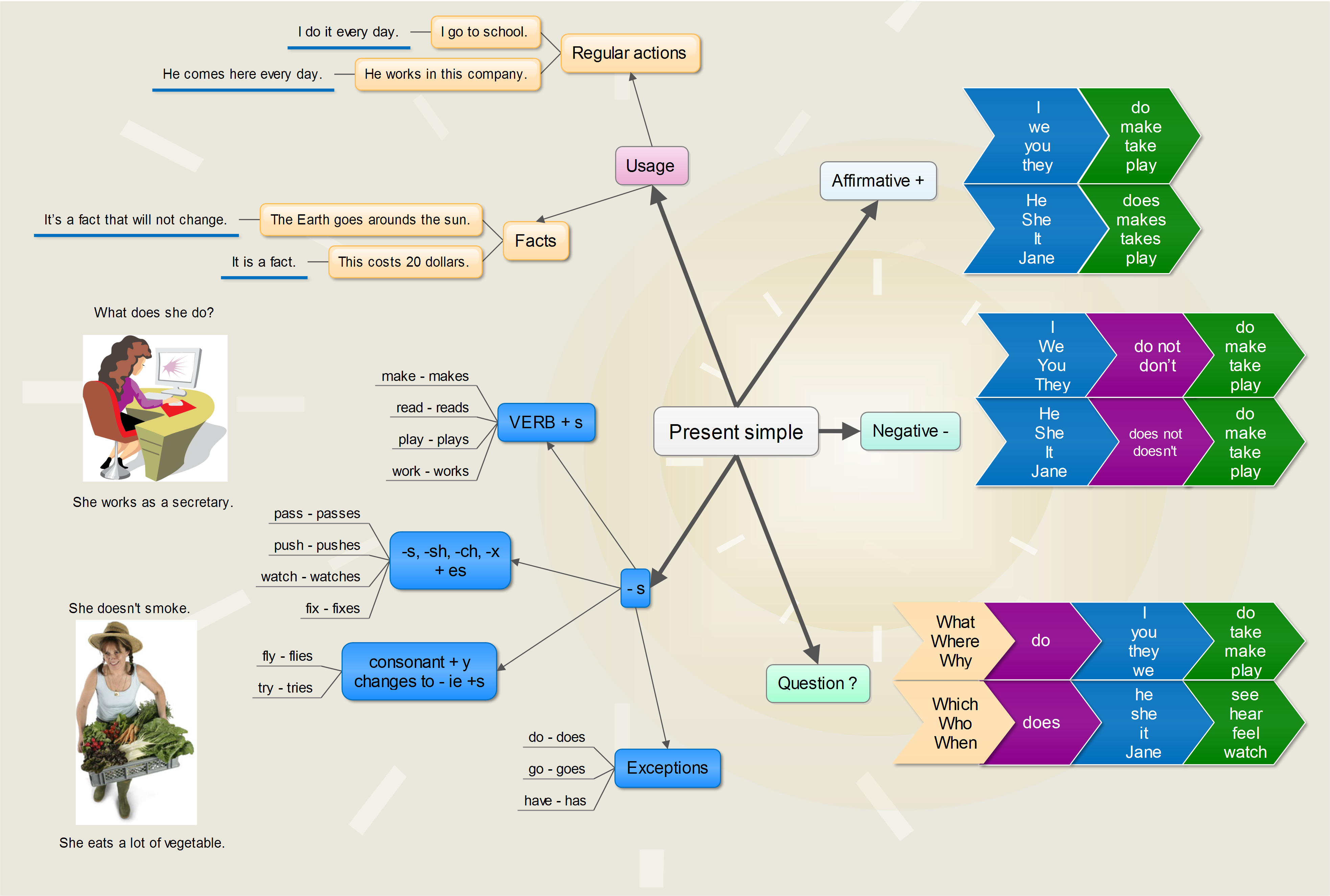Grammar Point – Irregular verbs #2
In my previous post I offered a set of materials to help you teach the 10 most frequent irregular verbs in English. Now, there are a couple of activities to teach, or if you are a student to learn, another set of 10 irregular verbs. We give you a set of activities to help you teach the past tense and the past participle of the verbs give, find, think, tell, become, show, leave, feel, put and bring.
Here you will find a video, a worksheet and a game. The video contains a short dictation, Random Repeat method and a simple fill in the gap exercise. In this way, your students will learn and remember the correct form and pronunciation of the past tense and the past participle of the given verbs. They can practise their knowledge using the worksheets below. And they can really enjoy the lesson by playing the Snake game in which they need to use the irregular verbs again.
ADVERT:
[showmyads]
I hope you like this post. If you find a mistake comment please!
Irregular verbs – video
The aim of this video is to help people learn the past tense and the past participle of the verbs give, find, think, tell, become, show, leave, feel, put and bring. In the first part, there is a dictation. You need a piece of paper and something to write with. Listen and write the sentences. At the end of the dictation you will see the correct version on the screen.
In the second part of the video, the Random Repeat method is used. This method was suggested in the book Human Memory by Baddeley. You first listen and just repeat the words, then you hear only the infinitive and your task is to say the past tense and past participle of the verb. You have 4 seconds to do this and then you hear the correct answer.
Then, you see a sentence and your task is to complete the sentence with a correct verb in the correct form. You have 5 seconds for this and then you hear and see the correct answer. Please read the whole sentence aloud to maximise the learning.
Mind map

Worksheet
You can check your answers here:
Snake Game
If you cannot connect to the internet, then you can use the desktop version of the programme.
Desktop – Windows 32 bits
Desktop – Windows 64 bits
Links
Did you like the post? Do you find it useful? Have you found a mistake here? Please, let us know and comment!!! Thank you.






